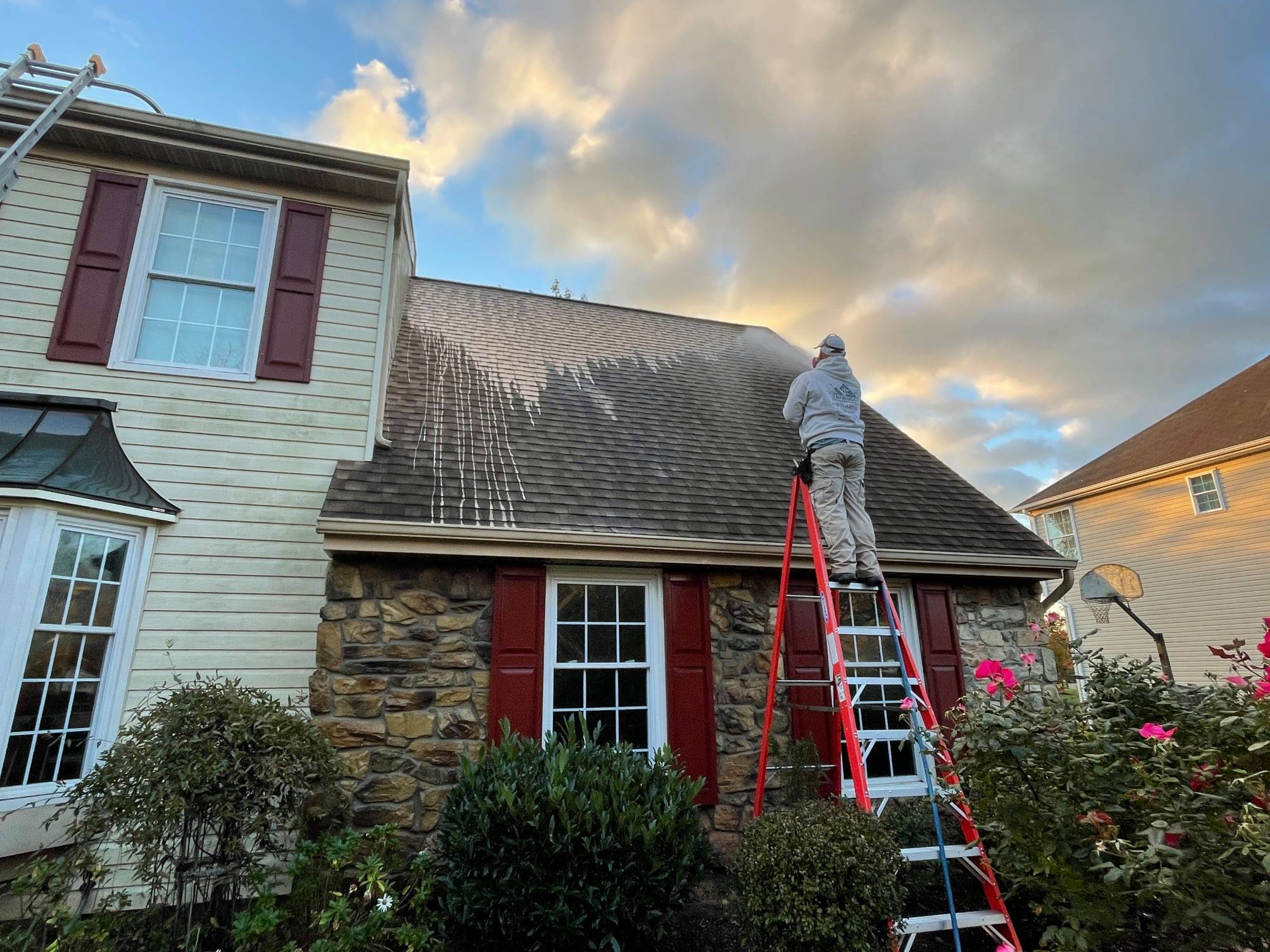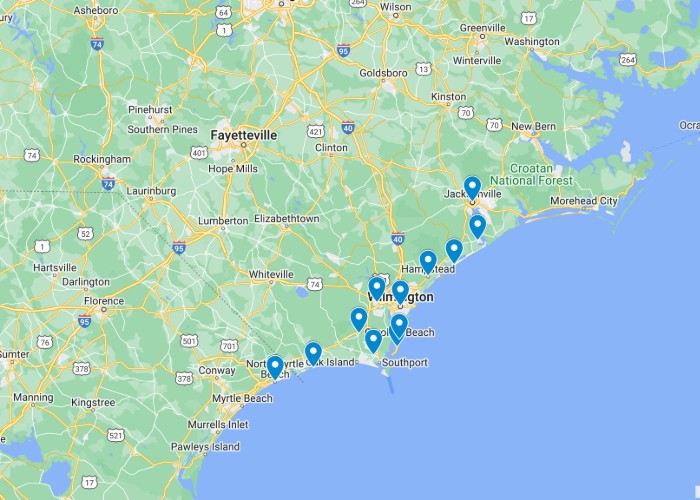The Benefits of Residential Pressure Washing
When you think about residential pressure washing, it’s natural to think about how it can help improve the appearance of your home. But, it isn’t just about making your property look cleaner. It is also about helping you to save time and reduce the amount of cleaning equipment that you need to buy and use.
Power washing vs pressure washing
If you want to clean your home’s exterior, you may be wondering whether power washing or pressure washing is the best option. Both can do a great job cleaning surfaces, but they have a few differences. For example, pressure washing uses heated water while power washing is done using regular-temperature water.

Power washing uses a heating element to help break down tough dirt. This is especially important when cleaning concrete. Regular-temperature water does an amazing job of blasting away dirt, but it doesn’t do as well when it comes to removing tough stains or stuck-on grime.
Pressure washing is also a good option for cleaning garages and patios. However, you need to be careful because you can damage certain types of surfaces when you use a power washer. You should never use a power washer on your air-conditioning unit or plants.
There are many reasons to use a power washer instead of pressure washing. For one thing, power washers are more powerful and can remove everything from dirt to mud. Also, power washers have higher GPMs than pressure washers.
Identify mildew from pressure-washed surfaces
Mold and mildew can cause problems in your home, and it can be difficult to tell the difference between the two. They are both very harmful to your health and can cause headaches, coughing, respiratory problems, and even allergies. If you suspect that your home is a breeding ground for mold or mildew, you should seek professional help.
There are a few signs to look for that can help you identify mildew. First, look for any small spots or growths that may be mold. These can be noticeable on grout or a surface that looks dirty. Also, check to see if there is an odor. A musty odor is a sign that there is a mold problem.
Check your carpets and furniture for any stains or fuzz. It is also a good idea to check the vents of your clothes dryer. This is a common place for mold and mildew to grow.
You can prevent mold and mildew from forming in your home by regularly cleaning and replacing your filters. Mold and mildew are also attracted to damp areas, so if you do not take steps to keep your house dry, it will be a perfect environment for them.

Reduce time spent cleaning heavy equipment
Whether you own a construction company or work in the field, heavy equipment cleaning is important. Dirt, grease, mud, and other grime can damage engines and other parts. This can cause problems with safety and efficiency, and the equipment itself may not be safe for use. Keeping heavy equipment clean can help extend its lifespan and avoid unscheduled downtime.
Using a pressure washer to clean your heavy equipment is an easy way to remove dirt and debris. Pressure washing can help keep your machines running for a longer time. But, it’s also important to follow the instructions of your owner’s manual. If you don’t know what type of detergent to use, consult your owner’s manual for advice. Often, a professional cleaner will have a specialty detergent application that can eliminate specific materials.
Heavy equipment cleaning can be exhausting. If you’re doing the job alone, make sure you wear protective gear. You’ll need thick gloves, a full-length coverall, and sturdy footwear. Wearing face and eye protection is also a good idea.
Cape Fear Pro Wash, LLC
https://www.google.com/maps?cid=3105027869549498974
229-B Transfer Station Rd, Hampstead, NC 28443
(910) 418-1650
https://capefearprowash.com/






